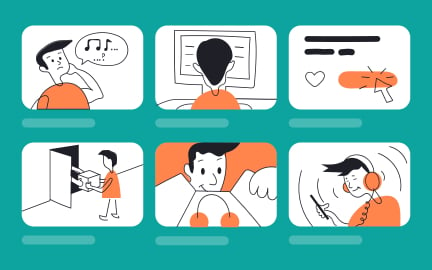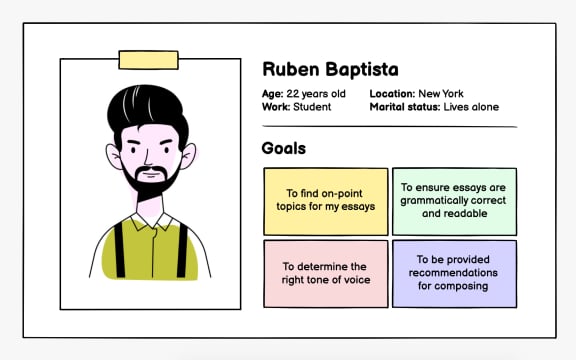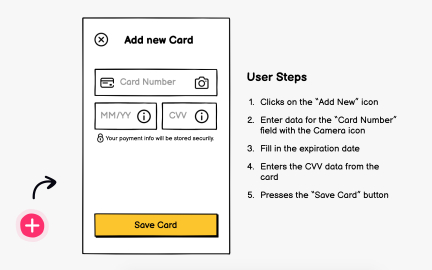User Story Writing
User story writing describes a feature from the user's perspective, helping teams align on goals, scope, and priorities in agile development.
What is User Story Writing?
Your development team builds features without clear understanding of user value because requirements are written as technical specifications rather than user-focused narratives that explain why features matter and what success looks like from user perspective.
Most teams write requirements that focus on system functionality without connecting features to specific user needs and outcomes, missing opportunities to align development work with actual user value creation and business objectives.
User story writing is the practice of describing software requirements as concise narratives that focus on user goals, needs, and value rather than technical specifications, enabling development teams to understand and optimize for user outcomes throughout the development process.
Teams using effective user stories achieve 50% better feature adoption, 40% fewer requirements changes during development, and significantly higher user satisfaction because development work is guided by clear understanding of user value and success criteria.
Think about how agile development teams use user stories to maintain focus on customer value throughout development cycles, or how product managers use story formats to communicate feature priorities that connect technical work to business outcomes.
Why User Story Writing Matters for User-Centered Development
Your development efforts don't consistently deliver user value because requirements focus on technical implementation details rather than user outcomes, leading to features that work correctly but don't serve user needs effectively.
The cost of poor user story writing compounds through every development cycle. You build technically correct features that users don't adopt, miss opportunities to optimize for user success, and waste development resources on functionality that doesn't create meaningful user or business value.
What effective user story writing delivers:
Better development focus on user value because user stories constantly remind development teams why features matter to users rather than just what technical functionality needs to be implemented.
When development is guided by user stories, feature decisions serve user goals rather than just technical elegance or internal organizational preferences that might not create user value.
Clearer requirements communication through story formats that stakeholders, designers, and developers can all understand rather than technical specifications that might be misinterpreted or incomplete.
Enhanced feature prioritization because user stories make it easier to evaluate feature importance based on user impact rather than just technical complexity or internal stakeholder preferences.
Improved testing and validation as user stories provide clear success criteria that enable meaningful validation of whether features actually serve intended user needs and outcomes.
Stronger team alignment through shared understanding of user goals that guide development decisions and trade-offs when technical constraints require feature modification or simplification.
Advanced User Story Writing Strategies
Once you've established basic user story writing capabilities, implement sophisticated story development and management approaches.
Epic and Theme-Based Story Organization: Structure user stories within larger epics and themes that connect individual features to broader user journeys and strategic objectives.
Story Mapping and User Journey Integration: Connect user stories to complete user workflows and experience maps rather than treating stories as isolated features without journey context.
Data-Driven Story Prioritization: Use user behavior data and business metrics to prioritize user stories based on evidence rather than just stakeholder opinions or development preferences.
Story Splitting and Incremental Value Delivery: Break large user stories into smaller, independently valuable pieces that enable faster user value delivery and development feedback cycles.
Recommended resources
Courses

Building Agile Teams

Color Psychology

Accessibility Foundations
Lessons

Wireframes Usability Inspection

The Application of AI in User Testing









